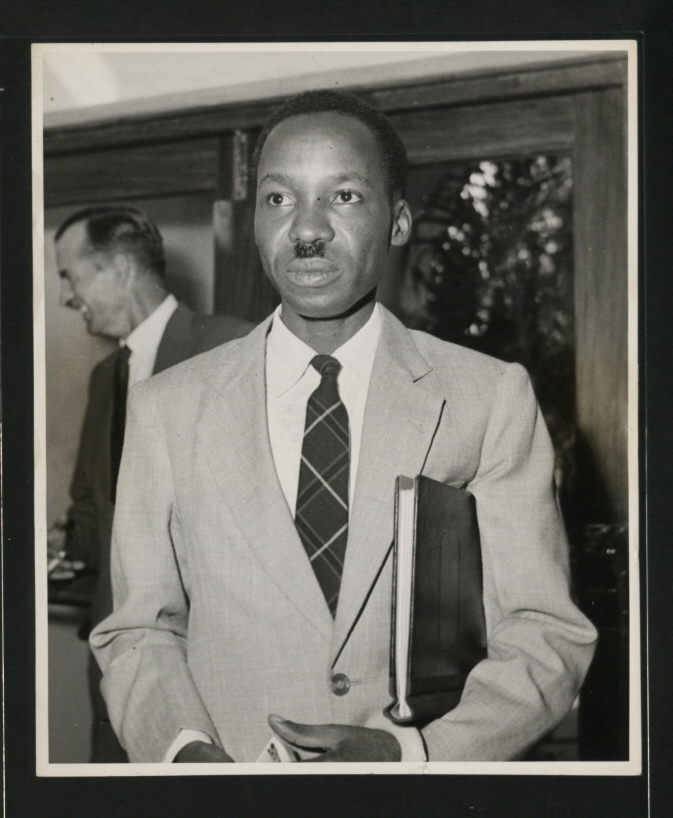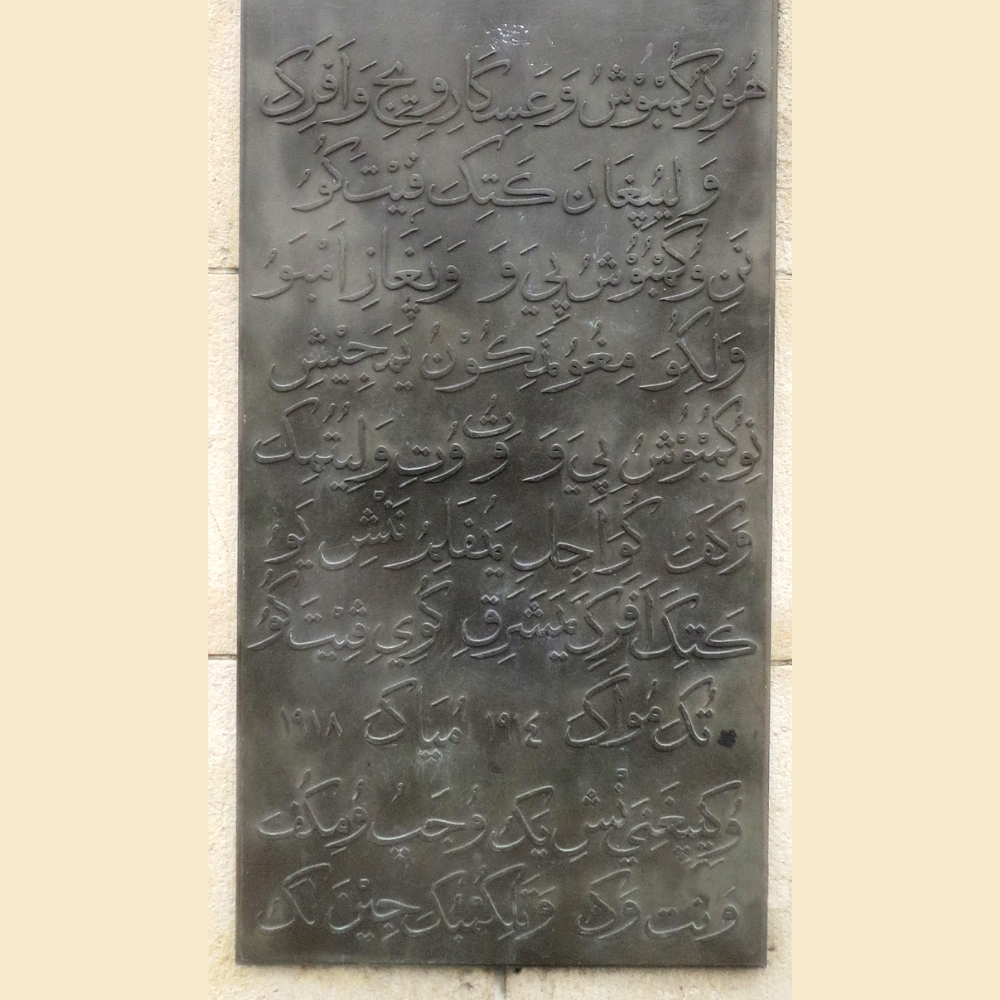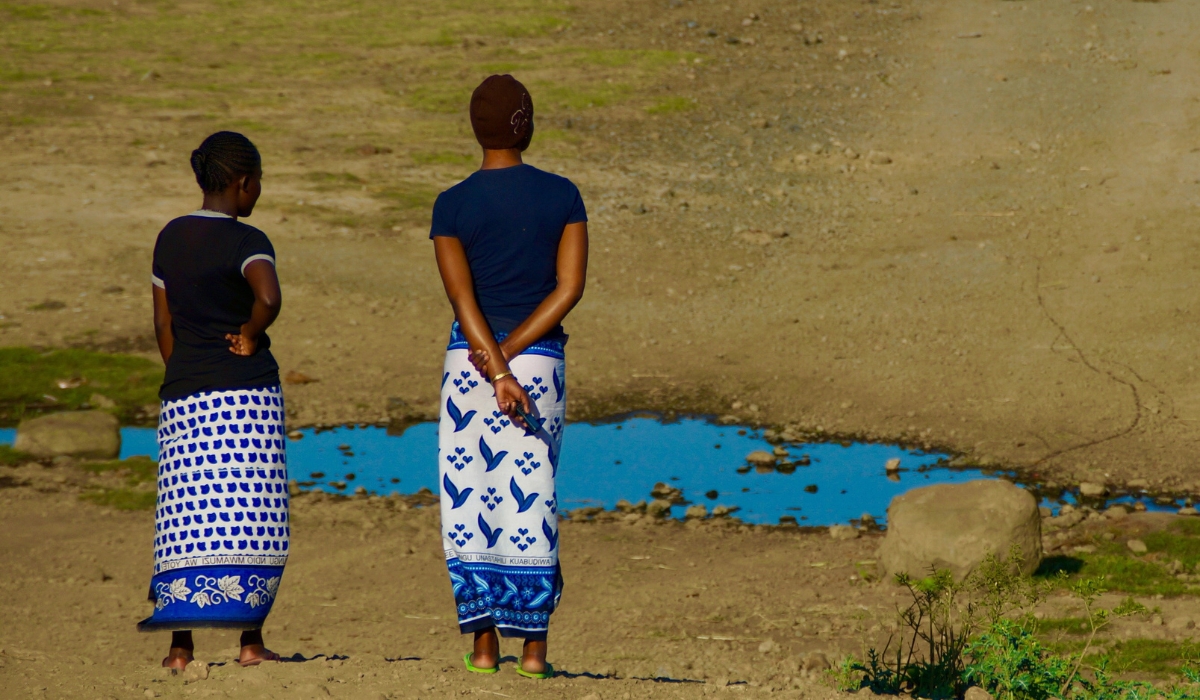
This is the story of Swahili culture and language, a uniquely East African phenomenon born of the sea, shaped by Islam, and fueled by centuries of exchange between Africa, the Middle East, and Asia. Nowhere is it more alive than in Tanzania.
From the rhythmic beats of taarab music in Zanzibar’s Stone Town to the poetic proverbs spoken in bustling Dar es Salaam, Swahili culture is woven into the fabric of Tanzanian life. But what many visitors don’t realize is that this vibrant coastal identity, rooted in centuries of trade, migration, and storytelling, has shaped not only Tanzania’s past but also its present and future.
What is Swahili culture?
The term “Swahili” refers to both a language (Kiswahili) and a culture that developed along the East African coast, particularly in what is now Tanzania and Kenya. The word itself comes from the Arabic “sawāḥil,” meaning “coast.” Today, Swahili culture is not defined by a single ethnicity but by a shared way of life: a blend of African roots, Islamic influence, maritime trade, and artistic expression.
In Tanzania, where over 120 languages are spoken, Swahili is the lingua franca. It’s the language of instruction in primary schools, the media, and the street market – and a cornerstone of national unity.
Here’s an example of what the language sounds like:
The birth of a coastal civilization
Swahili culture began to take shape between the 9th and 15th centuries, as African coastal communities engaged in thriving trade with Arab, Persian, Indian, and later Chinese and Portuguese merchants. This exchange wasn’t just about goods; it was about ideas, languages, religions, and customs.
Towns like Kilwa Kisiwani, Bagamoyo, and Zanzibar grew into cosmopolitan centers, where coral-stone mosques stood beside bustling souks, and dhow sails dotted the Indian Ocean horizon.
Swahili became the language of trade and diplomacy, incorporating words from Arabic, Persian, Portuguese, and later English, while remaining deeply rooted in Bantu grammar and structure. Islam, introduced by Arab traders, also became a major influence, shaping architecture, dress, and daily life.
Language as a Tool of Unity
Section Type: imageOnLeftParagraphToRight
Swahili’s importance expanded dramatically in the 20th century. Under German and British colonial rule, it served as an administrative language. But after independence in 1961, Tanzania’s first president, Julius Nyerere, embraced Swahili as a nation-building tool.
He believed that a shared language could unify Tanzania’s ethnically diverse population. Swahili became the language of education, government, and political mobilization. Even today, Tanzania stands apart as one of the few African countries where a local language, not the colonial tongue, holds official status alongside English.
Julius Nyerere

Zanzibar: The cultural capital of the Swahili world
Nowhere captures the spirit of Swahili culture like Zanzibar, especially Stone Town, a UNESCO World Heritage Site. Walk its labyrinthine alleys and you’ll encounter intricately carved doors, centuries-old mosques, and vibrant markets bursting with spices, textiles, and voices speaking a melodic mix of Arabic and Swahili.
Section Type: standardWidthImageS
Aerial view of Stone Town.

Zanzibar is also home to taarab music, a genre that blends Swahili lyrics with Arab melodies and African rhythms. It's music for the soul: emotive, poetic, and often laced with social commentary.
For travelers seeking a deeper connection to this coastal heritage, Zanzibar offers two major cultural events worth planning around:
The Zanzibar International Film Festival or ZIFF isone of Africa’s largest cultural festivals, showcasing films, music, and art from across the continent and the Swahili-speaking world. Screenings and performances take place in iconic venues throughout Stone Town every July.
Mwaka Kogwa Festival: Held in the village of Makunduchi in late July, this traditional Swahili New Year’s celebration blends Persian and African customs, including symbolic stick-fighting, bonfires, and song. It's a vivid display of how old rituals adapt in new times.
Poetry, proverbs, and the power of words
Swahili culture places deep value on the spoken word. Proverbs (methali) are used in everyday conversation to teach, joke, or offer wisdom. A well-placed methali can say more than a whole paragraph.
Section Type: imageOnLeftParagraphToRight
Swahili also boasts a rich tradition of written and oral poetry, known as mashairi. These often follow strict rhythmic and rhyming structures and address themes from love to politics. Historically, Swahili poetry was written in Arabic script before the Latin alphabet became standard.
In recent years, there’s been a rise in Kiswahili spoken word and rap performers, with Tanzanian artists using language to tackle issues from gender to corruption. The rise of bongo flava, Tanzania’s homegrown hip-hop genre, is part of this cultural wave.
Text plate of the Askari Monument, Swahili in Arabic letters. (Photo: Kipala, Askari makumbusho matini Kiswahili - Kiarabu, CC BY-SA 4.0)

Onwards and upwards
Today, Swahili is spoken by over 200 million people across East and Central Africa. It’s an official language of the African Union and East African Community, and is increasingly taught in schools across the continent and even at universities around the world.
Tanzania, as the cultural heartland of the Swahili world, continues to lead efforts to preserve, promote, and modernize this heritage. Initiatives to digitize historical Swahili manuscripts, promote Kiswahili literature, and support cultural festivals are growing.
Section Type: standardWidthImageS
Women wearing kangas in Moshi, Tanzania. (Photo: Sophiestolle, Two women wearing Kangas, CC BY-SA 4.0)

Experience it for yourself
Take a language class in Zanzibar or Dar es Salaam: locals appreciate you knowing even a few words.
Visit Bagamoyo and Kilwa Kisiwani, former Swahili trade centers with rich histories and archaeological ruins.
Attend ZIFF or Mwaka Kogwa for immersive cultural experiences.
Try Swahili cuisine, from coconut curries to spiced pilau and freshly baked chapati.
Swahili culture isn’t just part of Tanzania’s history: it’s alive in every marketplace conversation, every line of taarab music, and every Zanzibar rooftop silhouette. For those who want to go beyond safaris and beaches, following the Swahili trail through Tanzania offers a richer understanding of the country, and the wider region it calls home.
Section Type: cta
Check out our most popular Tanzania tours. Then speak to a destination about adding a dash of Swahili spice to your African adventure.


Copyright © 2026 SA Luxury Expeditions LLC, All rights reserved | 95 Third Street, 2nd floor, San Francisco, CA, 94103 | 415-549-8049
California Registered Seller of Travel - CST 2115890-50. Registration as a seller of travel does not constitute approval by the state of California.










